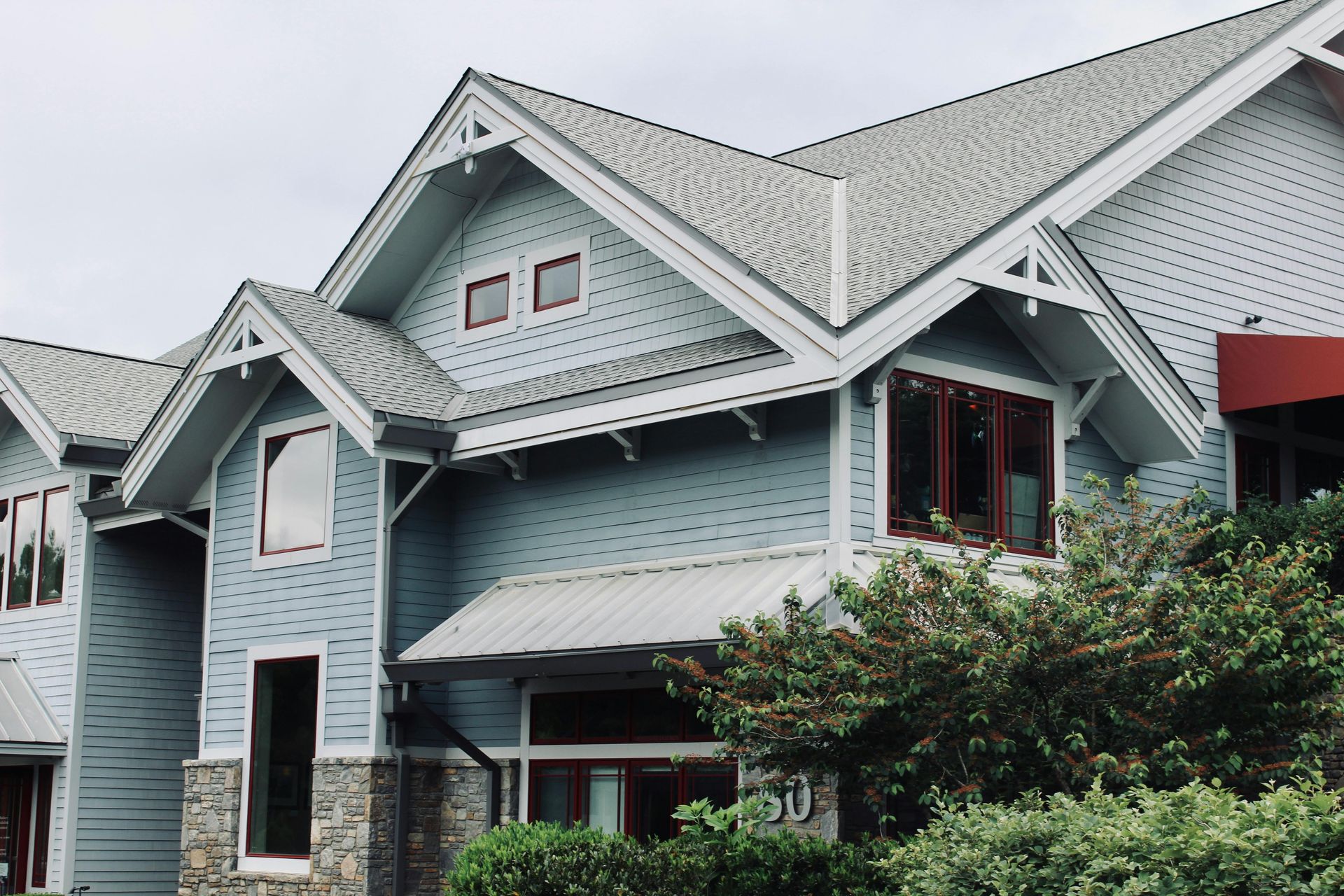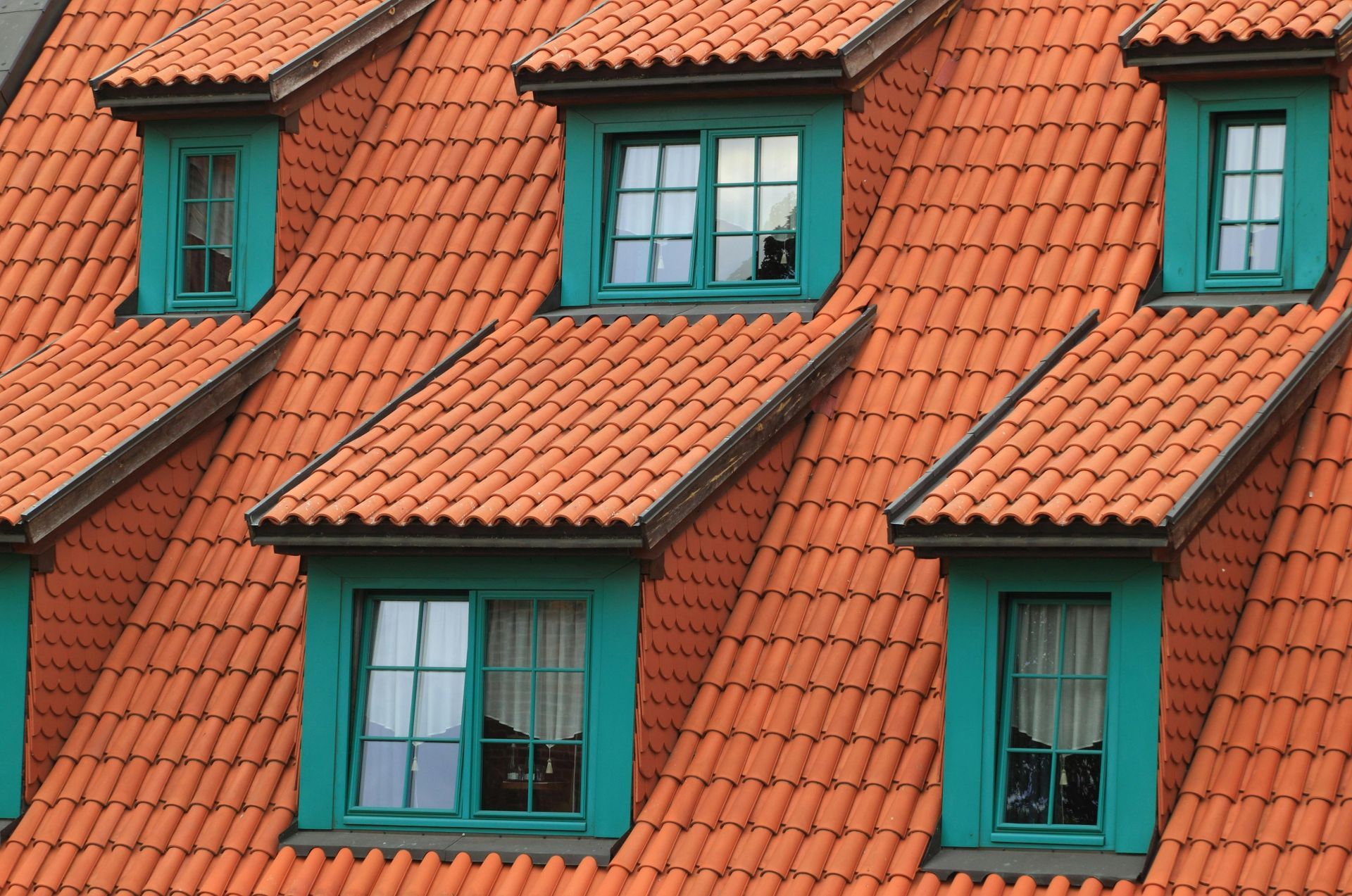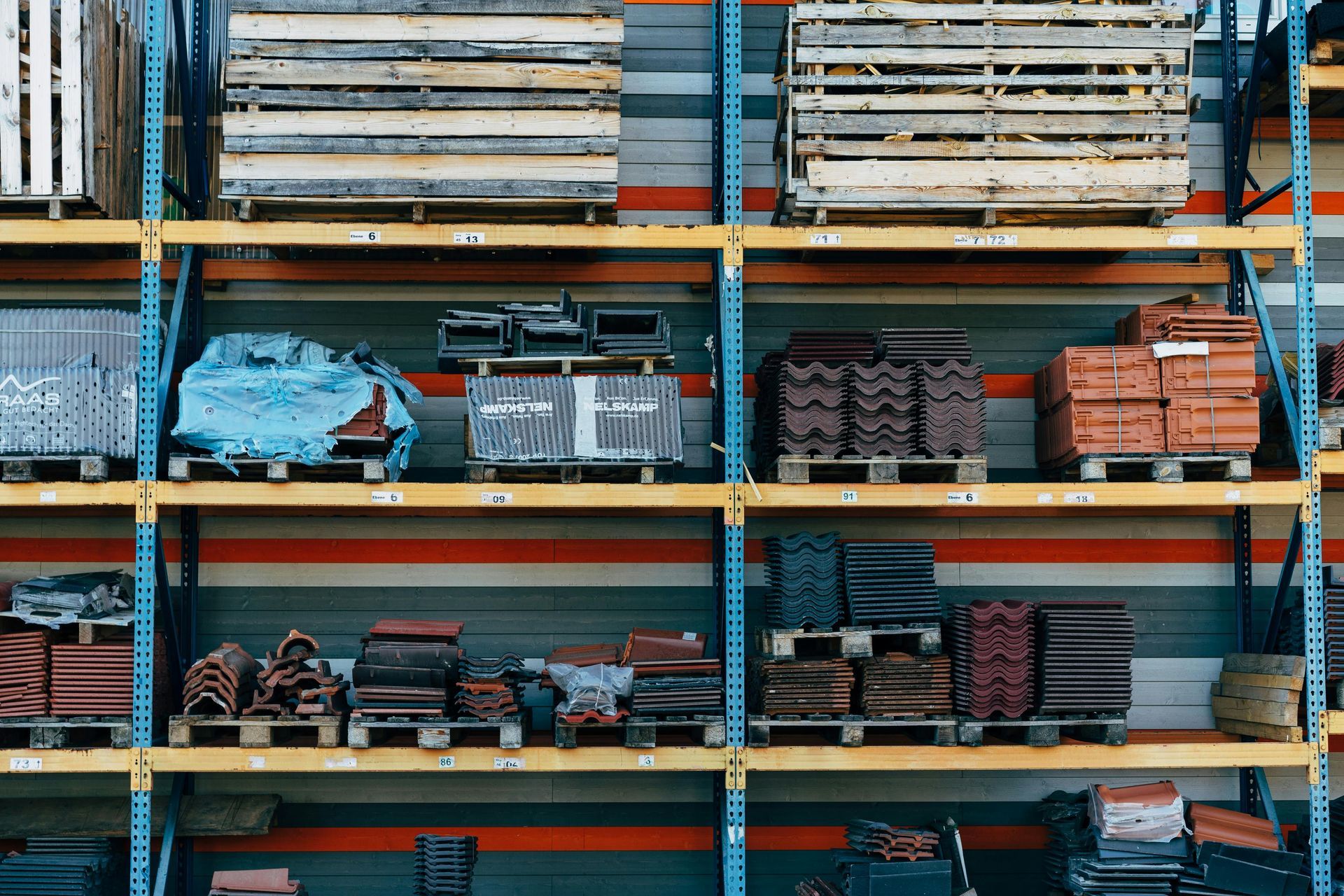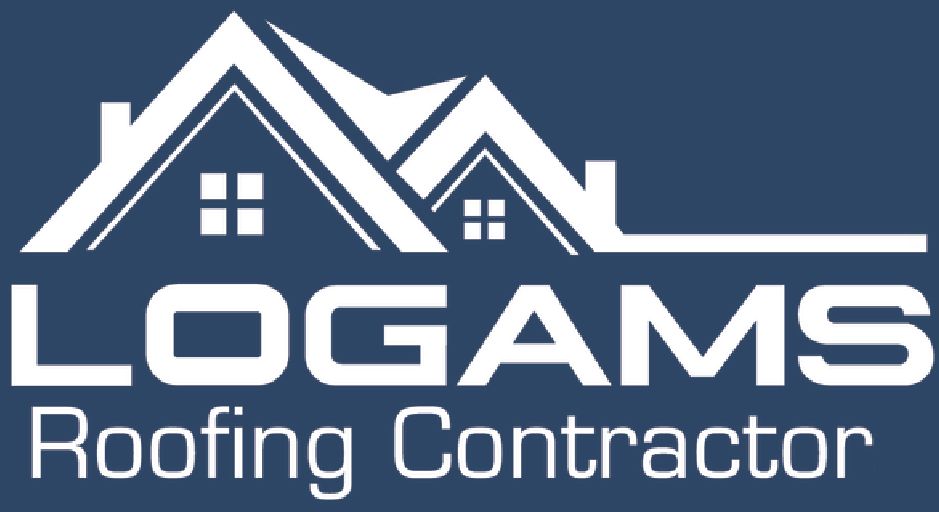Will The New Trump Tariffs Increase Roofing Prices in 2025?
In 2025, the U.S. government added a 25% tax (called a tariff) on all steel and aluminum coming into the country. This change, announced by President Trump on March 12, 2025, removes older rules that gave some countries exceptions. This new rule is causing roofing material prices to go up fast—especially metal roofing, which has already seen prices rise by up to 60%.
Other materials like asphalt shingles are also getting more expensive. That’s because they use steel in parts like fasteners, or they come from countries like China that may face more tariffs. These changes could cause delays in projects and raise costs across the construction industry. Roofing suppliers are adjusting their prices, trying new sources for materials, and encouraging early purchases. Homeowners and builders will need to plan ahead to avoid high prices and long wait times.

How will rising prices impact you?
Construction and housing are important to the U.S. economy. When the prices of key building materials rise, it affects the cost of homes, building projects, and the economy overall.
In February 2025, the U.S. added new tariffs on steel and aluminum. This report explains how these new tariffs will affect roofing materials. It looks at which materials are most impacted, how much prices may rise, and how suppliers and builders might respond. It covers metal roofing, asphalt shingles, and other types of roofing so readers understand the full picture.

Overview Of Trump's Tarrifs
On February 10, 2025, President Trump said the U.S. would add a 25% tariff on all steel and aluminum imports. This became official on March 12, 2025. The rule removes earlier exceptions that allowed countries like Canada, Mexico, and the European Union to avoid these tariffs.
The goal is to help U.S. steel and aluminum companies and protect them from unfair competition. However, American companies that import these materials must pay the tariffs—not the foreign sellers. A White House statement confirmed these changes and showed the government's strong support for the policy.
What will the impact be on each roofing type?
When comparing metal roofing to asphalt shingles (the most popular material in residential roofing), the cost difference is significant. Asphalt shingle roofs typically range from
$7,500 to $18,000, with an average cost of
$10,500, while metal roofs can cost anywhere from
$6,000 to $135,000, averaging around
$22,000. Although metal roofing tends to be more expensive upfront, it offers greater durability and longevity. However, when it comes to return on investment (ROI), asphalt shingles have a slight edge at
56.9%, compared to
48.1% for metal roofs. Not the biggest gap but still something to consider.

Metal Roofing
Metal roofing is hit the hardest by these tariffs. It uses a lot of steel and aluminum. Some prices for metal roofing have already gone up by 60%. This includes roofing panels, gutters, vents, fasteners, and flashing—many of which are made from steel or aluminum.
Even less common options like aluminum shingles will likely cost more. Because of this, some customers may switch to other types of roofing. That could change the market, causing metal roofing to lose popularity.

Asphalt Shingles
Asphalt shingles don’t use a lot of metal, but they’re still affected. Steel is used in the installation hardware, and some of the materials come from China. If more tariffs are added to goods from China, it could drive prices even higher.
Even though some asphalt shingles are made in the U.S., the rising prices of materials still push costs up. Prices were already expected to rise 2–4% in 2025. Now, they may rise even more.

Other roofing materials (Tile, Slate, Synthetic)
Tile, slate, and synthetic roofing don’t use much metal, but they’ll still get more expensive. This is due to rising prices in the construction industry overall, higher shipping costs, and possible delays in getting materials. The Tile Roofing Industry (TRI) Alliance already warned about possible price increases for tiles made from concrete and clay.
Expected Roofing Price Increases Due to Tariffs
| Roofing Material | Affected By Tarrifs? | Expected Price Increase |
|---|---|---|
| Metal Roofing | Yes | Up to 60% |
| Asphalt Shingles | No (Indirectly) | Substantial Increase |
| Fasteners | Yes | Likely Increase |
| Gutters & Downspouts | Yes | Likely Increase |
| Vents & Flashing | Yes | Likely Increase |
| Aluminum Shingles | Yes | Significant Increase |
| Tile Roofing | No | Likely Increase |
| Slate Roofing | No | Likely Increase |
| Synthetic Roofing | No | Likely Increase |
Market Trends and Price Fluctuations
Before these new tariffs, roofing material prices were already high. This was due to leftover effects from COVID-19, a shortage of workers, and older tariffs. Prices started to settle in 2024, but the new tariffs are expected to drive them back up.
Still, demand for roofing has stayed strong. The market was expected to keep growing, even before these tariffs. Now, prices are likely to climb even faster. Builders and homeowners will face challenges as materials get more expensive.
Other Factors Affecting Roofing Costs
Besides tariffs, many other things are raising roofing prices:
- Ongoing supply chain issues since the pandemic
- Retaliation from other countries, like Canada and the EU
- Steel and aluminum shortages
- High demand after storms or hurricanes
- Labor shortages in roofing
- Higher transportation costs
- Rising costs of raw materials and manufacturing
- Seasonal demand (higher in spring/summer)
- All of these combine to create a complicated and unpredictable roofing market.
Other Factors Affecting Roofing Costs
Experts expect prices for roofing materials to keep going up. Metal roofing will be hit hardest. Asphalt shingles and other parts may rise in price too, especially if more tariffs are added on imports from places like China.
The National Association of Home Builders (NAHB) said the tariffs might raise the cost of building a new home by $10,000. Roofing is a big part of that increase. Some people think prices might level out in the future. But others believe trade tensions could keep prices high for a long time. One report said roofing costs could go up another 6–10% by April 2025.

How Suppliers Are Managing Trump's Tariffs
Right now, no exceptions have been made for the 2025 tariffs. Suppliers and manufacturers are trying different ways to manage the higher costs:
- Raising prices: For example, Beacon Roofing Supply raised prices 4–6% in 2024.
- Stockpiling: Buying materials early before prices go even higher.
- Switching suppliers: Trying to find sources in the U.S. or from countries not affected by the tariffs.
- Using alternative materials: Switching to asphalt shingles or synthetic roofing to save money.
- Negotiating better deals with current suppliers.
- Improving efficiency to reduce extra costs.
Still, without exemptions, price hikes are expected to continue. Even the cheaper materials may get more expensive as demand increases.
What Will The Impact On Homeowners & the Construction Industry As A Whole Be?
Homeowners will likely have to pay more for repairs or new roofs. They may also have to wait longer due to delays in getting materials. The overall cost of building or fixing homes will rise, making housing less affordable.
Builders will face higher costs and trouble planning budgets. If materials are delayed or too expensive, it could slow down projects. Some builders might have to raise prices or find more costly materials to finish jobs. These higher costs could slow down the housing market and affect the economy.
This is what you should do!
For Homeowners:
- Act fast: Get estimates now and lock in prices before they go up.
- Schedule early: Plan projects soon to avoid delays and higher costs.
- Look into financing: Find ways to spread out payments if prices are high.
- Ask about alternatives: Talk to your roofer about other materials that might cost less.
- Check your insurance: You might be able to get help paying for roof work if it’s covered.
For Contractors and Builders:
- Keep clients informed: Let them know about possible price hikes and delays.
- Buy ahead if possible: Stock up on key materials now.
- Diversify your suppliers: Find U.S.-based or non-tariff-affected sources.
- Offer material choices: Help clients pick the best mix of price and performance.
- Plan for price changes: Include room in your estimates for rising costs.
- Stay in touch with suppliers: Watch prices and material availability closely.
For Everyone:
- Stay updated: Watch for news about tariffs and market trends.
- Budget carefully: Be ready for changes in material prices and plan ahead.
In Conclusion
The 25% tariffs on steel and aluminum in 2025 are causing big increases in roofing material prices. Metal roofing is affected the most, but even asphalt shingles and other materials are getting more expensive.
These price hikes come on top of an already high-cost market. Supply problems, worker shortages, and global trade issues make the situation worse. While some suppliers are trying to ease the burden, prices will likely stay high for now.
Everyone—homeowners, builders, and suppliers—needs to prepare. Planning early, staying informed, and looking at alternatives can help reduce the impact of these new costs.
AFFORDABLE AND HIGHLY RATED
We are available 24/7 chat, email or form fill. Request an estimate.
All Rights Reserved | Logams Roofing Contractor |Privacy Policy
